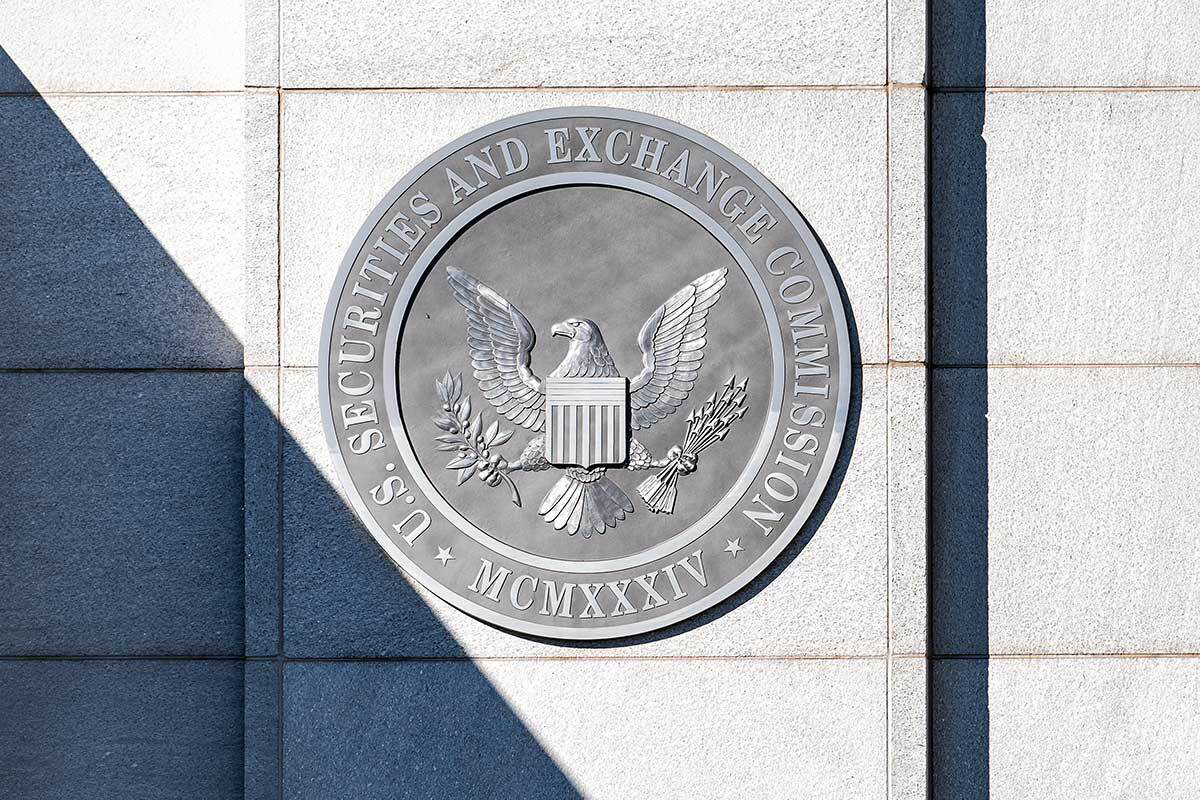Want the latest retirement plan adviser news and insights? Sign up for PLANADVISER newsletters.
How Thoughts About the SEC’s Regulation Best Interest Have Evolved

The U.S. Securities and Exchange Commission’s Regulation Best Interest framework has been in full effect for nearly two years. The road to acceptance has had a few bumps, however, as consumer groups, the brokerage industry, various U.S. states and the SEC have continued to spar over the regulation’s many provisions.
Thinking back on the regulatory process that created it, Jim Yong, partner with O’Hagan Meyer in Chicago, says that Reg BI was a “regulatory hot potato” at the SEC. One significant reason for this, he says, was the difficulty in squaring the two main conflict of interest mitigation frameworks applying to financial professionals—especially the differences between the fiduciary duty, which requires that “advisers” only supply advice and service in their clients’ best interest, and the suitability requirement, which is generally construed as a lesser standard of conduct applying to “brokers.”
“There are two different standards out there, and they were not able to move completely to one standard,” Yong explains. “Reg BI is their attempt at a phase-in approach. It is still causing debate as to whether the new standards that Reg BI sets out for broker/dealers is a lesser requirement than the fiduciary duty applying to investment advisers.”
‘Settled and Enforceable’
Reg BI survived the early challenges, and today, “it’s settled,” says Sandra Grannum, partner with Faegre Drinker in Florham Park, New Jersey.
“It became enforceable in June 2020, notwithstanding the pandemic,” Grannum says. “The SEC and FINRA, which said it was going to follow the SEC’s lead on this, both say Reg BI is being enforced.”
In Grannum’s experience, the degree of compliance varies among firms. As far back as 2016, some brokers had started gearing up for the Department of Labor’s rewritten fiduciary duty rule, which would have applied almost universally to all brokers and financial advisers. While this rule was ultimately rejected by the federal courts, it nonetheless caused many brokers to revamp their sales and service approach to more closely resemble the best-interest approach of full-blown financial advisers. Many of these brokers ultimately pivoted to Reg BI and its standard of care by keeping many of their fiduciary-minded changes in place.
Generally speaking, larger brokerage firms had implemented more fiduciary-style training and have adopted related supervisory practices, Grannum says, while generally smaller brokerage firms had been “waiting to see how the tide would flow.” These firms have had to make more rapid changes during 2020 and 2021 to ensure compliance with Reg BI.
What’s Working Well?
Sources say some parts of Reg BI seem to be working better than others.
Michael Sullivan, principal with KPMG in Washington, D.C., says Reg BI’s conflict of interest disclosure obligation has led many firms to either create or strengthen their risk management committees or due diligence committees.
“This has led to a more stringent product offering and has changed the way in which many firms are compensating their registered representatives and investment advisers,” Sullivan says. “Some firms have completely removed certain share classes or entire product offerings to ensure compliance with Regulation Best Interest.”
Mark Quinn, director of regulatory affairs for Cetera Financial Group in San Diego, California, says that the requirement to deliver Form CRS has “worked quite well and perhaps even better than we had expected.” Form CRS, or the Client Relationship Summary Form, is described by the SEC as “a brief relationship summary designed to help retail investors make informed choices regarding what type of relationship—brokerage, investment advisory or a combination of both—best suits a retail investor’s particular circumstances and investment objectives.”
Quinn notes that both the brokerage industry and investor advocates had doubts about the form’s effectiveness early on. But in Cetera Financial Group’s experience, he says, it has been helpful.
“We did some consumer testing before the regulation became effective and that indicated to us that Form CRS was effective for its purposes,” Quinn says. “It was intended to be what the SEC calls a ‘conversation starter.’ It is meant to give the prospective customer an opportunity to ask the adviser or broker questions about their investment methodology, how they would deal with their customer’s situation and so on. I think that has been good.”
Problem Areas
Other parts of the regulation have been more challenging to implement.
Sullivan says the requirement to record and review all recommendations, which would include hold recommendations, has been the toughest part of the compliance process that broker/dealers have had to grapple with. Multiple independent broker/dealers have created electronic trade tickets to record hold recommendations, but other broker/dealers have yet to create an adequate method, Sullivan says.
“In other instances, a firm’s written supervisory procedures fail to thoroughly address how hold recommendations are captured and supervised,” he observes.
As another challenge, Quinn cites the requirement that brokers compare any investment recommendation they make to the “reasonably available alternatives.” He explains that, under the suitability standard, brokers had only to make sure that a particular investment recommended to a client was suitable, which meant that it generally matched with the customer’s investment characteristics, such as risk tolerance and timeframe.
“Now, you have to go an additional step and compare the investment that you are recommending to similar investments based on objective criteria like historical return and historical level of risk or, importantly, cost,” Quinn says. “It has been a challenge for a lot of firms to get their arms around this. I think we have made a lot of progress, though. I know we have in my firm, and I think the same is true in the industry in general, but it’s been a bigger issue than we thought.”
Enforcement Actions
Sources agree that regulators moved slowly with enforcement actions after Reg BI’s initial effective date.
Quinn says that the SEC was in “education mode” for Reg BI’s first six months, followed by a transition to more active examinations over the following year. In July 2021, for example, the SEC announced it was fining 21 investment advisers and six broker/dealers to settle charges that they failed to punctually file and deliver their Form CRS to their retail investors. Penalties ranged from $10,000 to $97,523.
Recently published reports of Reg BI and Form CRS compliance support the assertion that the pace of regulatory activity will pick up. For example, in November 2021, the North American Securities Administrators Association released Phase II(A) of its national examination initiative.
Their conclusion: “NASAA’s Phase II exam initiative indicates that the industry is taking steps in the right direction, just very small ones at this early juncture. … For Reg BI to be successful and live up to its ‘best interest’ label, securities regulators will need to see to it that firms do a much better job of providing fair and balanced point-of-sale disclosure regarding fees, costs, and risks, particularly where a firm is recommending the most expensive and riskiest products in the retail market.”
A February 2022 report from FINRA also details deficiencies found when examining firms’ implementation of Reg BI and Form CRS. The report suggests many firms’ written supervisory provisions lack specific guidance, fail to modify policies and procedures for Reg BI compliance and fail to develop or implement adequate controls. Other problems identified include inadequate staff training to ensure compliance with Reg BI and Form CRS; failures to comply with the care obligation and conflict of interest obligations; improper use of the terms “advisor” or “adviser”; and insufficient Reg BI disclosures regarding fees and conflicts of interest.
Part of a Broader Regulatory Net
Grannum cautions that activities that initially might not appear to fall under Reg BI still might be included in the regulation’s coverage over time. As an example, she cites SEC concerns over the use of “gamification” in retail investing, a development that SEC investor advocate Rick Fleming discussed in a speech last October.
Fleming described gamification as generally referring to the use of technological tools to “make trading easier and more exciting.”
“Broker/dealers, as well as some investment advisers, now utilize a variety of digital engagement practices, or DEPs, to connect with a broader array of retail investors, particularly younger investors who grew up with similar design features in other online apps and games on their devices,” Fleming says. “In my view, for Reg BI to remain a relevant and useful regulation in this era of gamification, the Commission should make clear that ‘recommendations’ include instances where a broker/dealer utilizes DEPs to nudge investors in a way that reasonably could be viewed as encouraging trading, and the Commission should use its enforcement authority to back up its position.”
It’s hard to know for sure if there will be more Reg BI enforcement actions in 2022, Quinn says, but he agrees it’s reasonable to assume as much. The agency has more experience with the regulation and an increase in enforcement actions can send a message to the industry that it needs to take additional compliance steps. Similarly, Sullivan expects the “enforcement heat to turn up and the severity of the actions to be on the rise in the coming months.”
You Might Also Like:

Money Market Funds Damaged by ‘Flawed’ SEC Amendments

SEC Fines 12 Firms $63M for Failing to Maintain Proper Electronic Records
